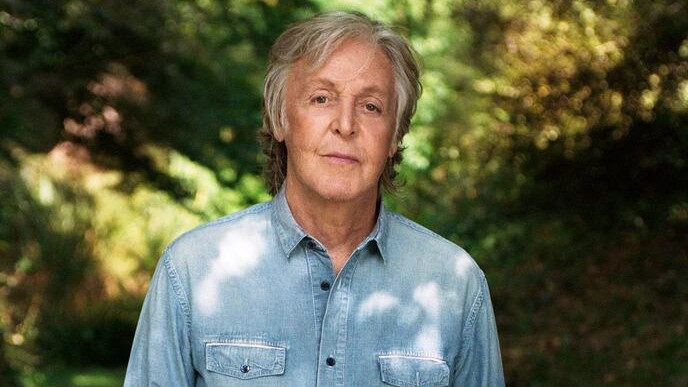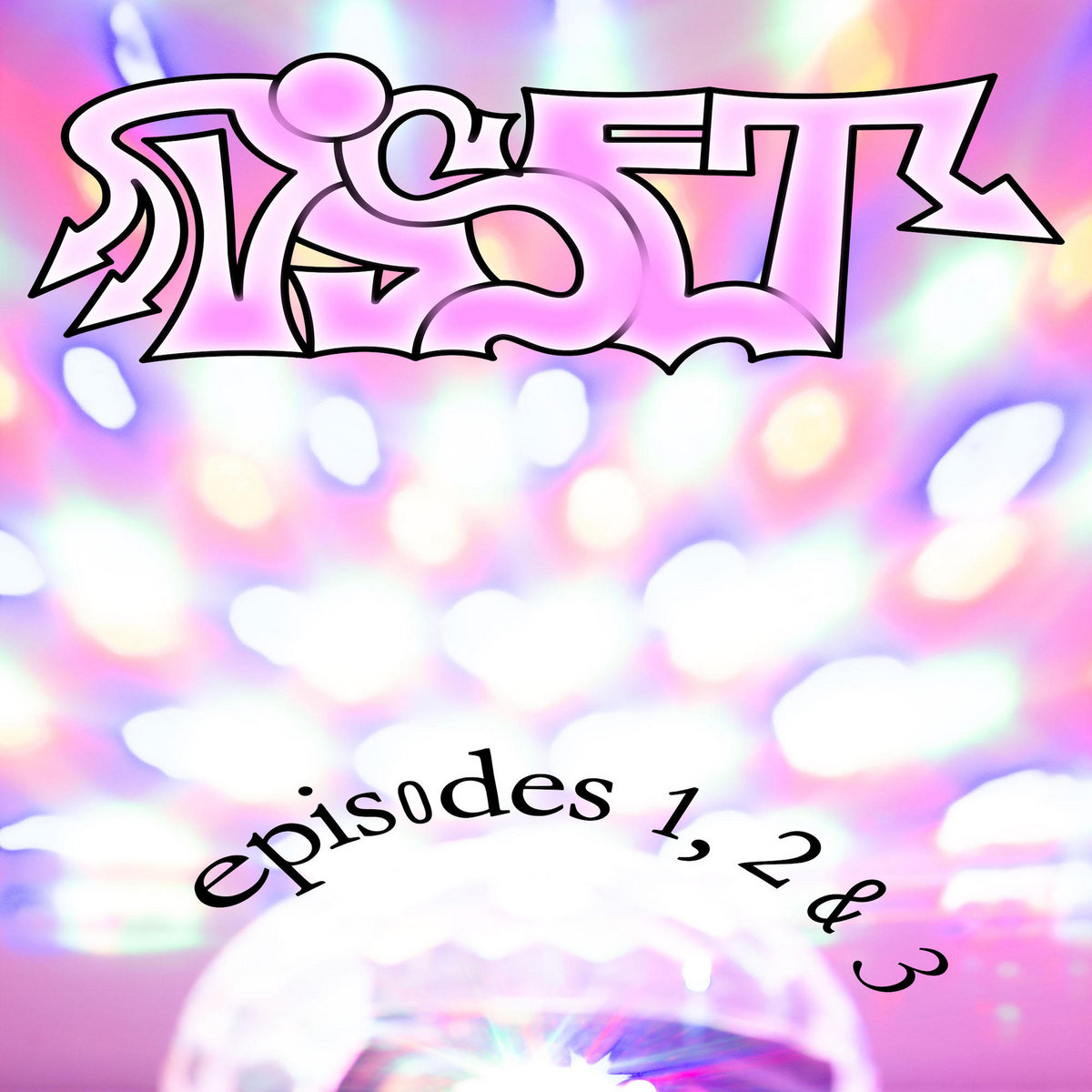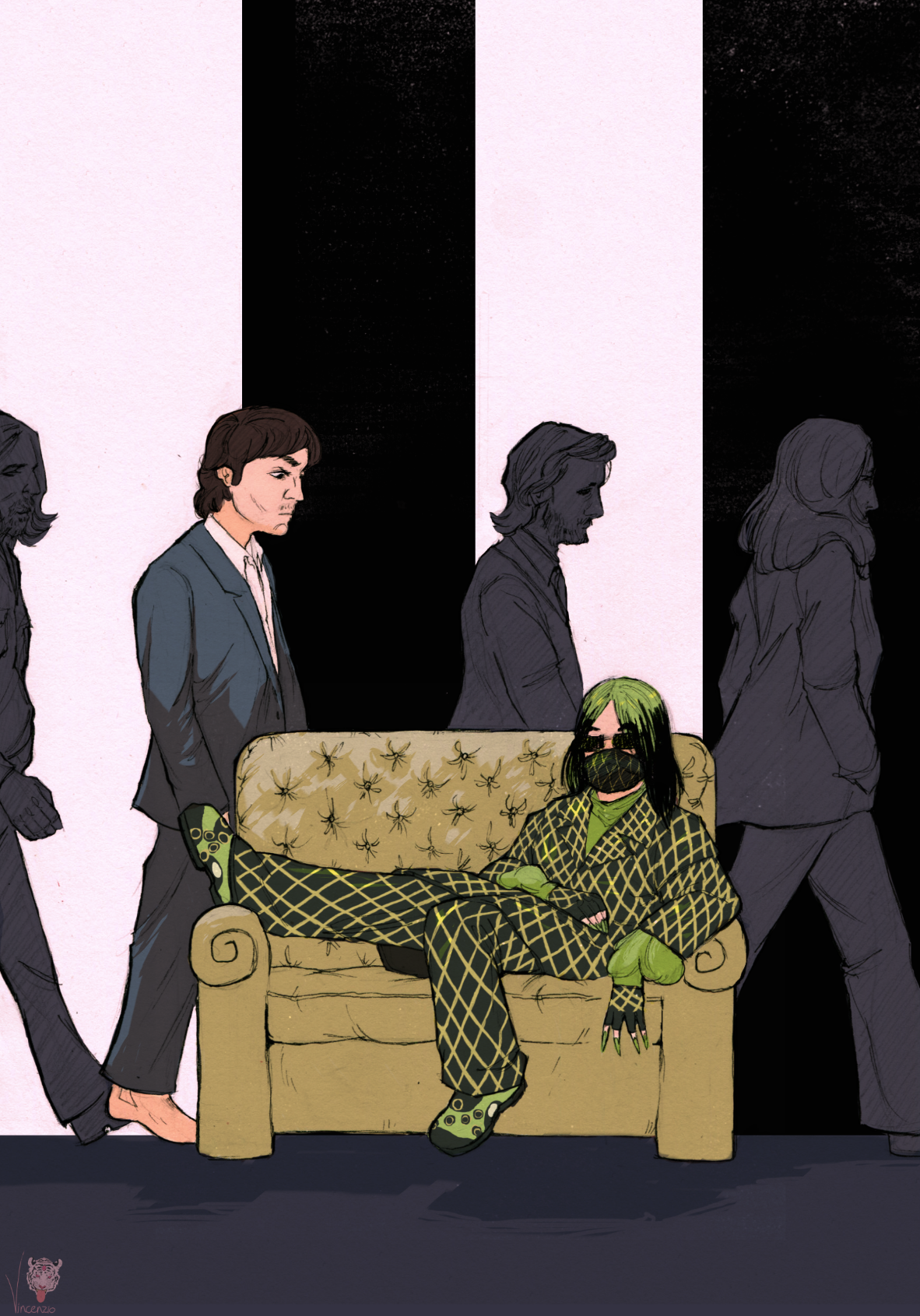The Beatles’ ‘Ob-La-Di, Ob-La-Da’ One Of The Most Pleasurable Pop Songs Says Science
Words by Riley Fitzgerald
Graphic by Press
“And if you want some fun, sing ob-la-di, bla-da,” Paul McCartney sang on the Beatles ‘Ob-La-Di, Ob-La-Da’ in 1968.
Little did he know how right he was.
Analyzing 80,000 chords in 745 Billboard chart hits and then conducting MRI scans of listeners’ brains, a new study has found the White Album’s 4th track to be one of the most musically pleasurable of them all.
“What is crucial,” the introduction to The Science of a Billboard Hit Song explains, “is the dynamic interplay between two temporally dissociable aspects of expectations: the anticipation beforehand, and the surprise afterwards.”
“To find out the underlying neural mechanism, the team examined participants’ brain activity using functional MRI,” it continues. “They found that the interactive effect between the uncertainty of the upcoming chord and its level of surprise was associated with brain activity changes in emotion- and auditory-related areas. Importantly, activity of the nucleus accumbens was associated only with the level of uncertainty. This reward-related brain region is thought to play a central role in musical pleasure.”
It must be noted though that before songs were presented to test subjects, they were stripped of lyrics and melody to accentuate the chord progression.
And while science might have a point the song was famously unpopular amongst the Beatles themselves.
George Harrison criticised the song in another White Album track ‘Savoy Truffle’ which contains his own lyric, “We all know Ob-La-Di-Bla-Da/But can you show me, where you are?”
John Lennon simply referred to it as, “Paul’s granny sh*t.”










